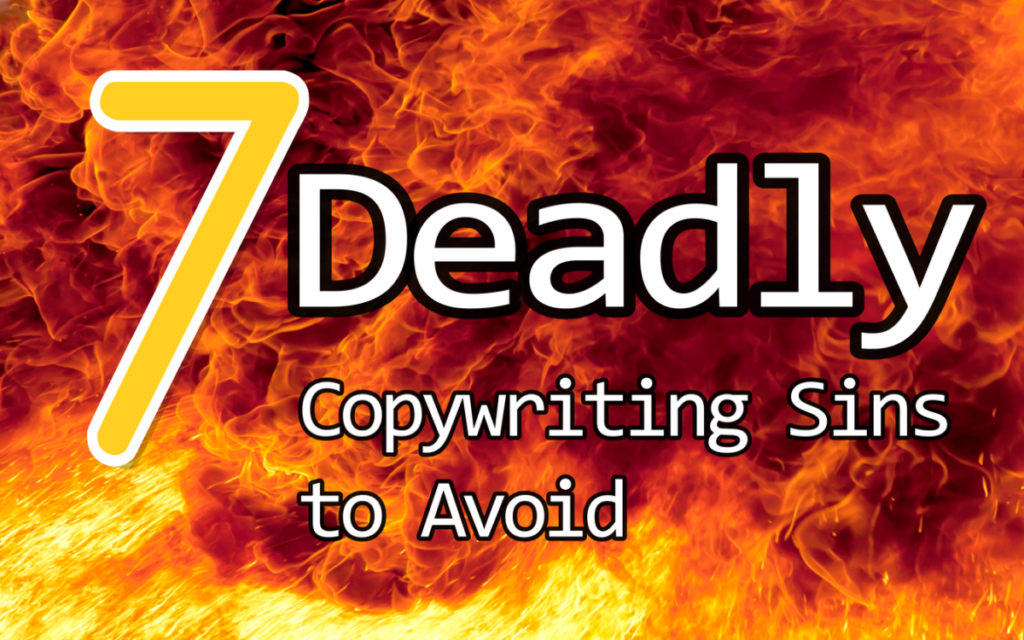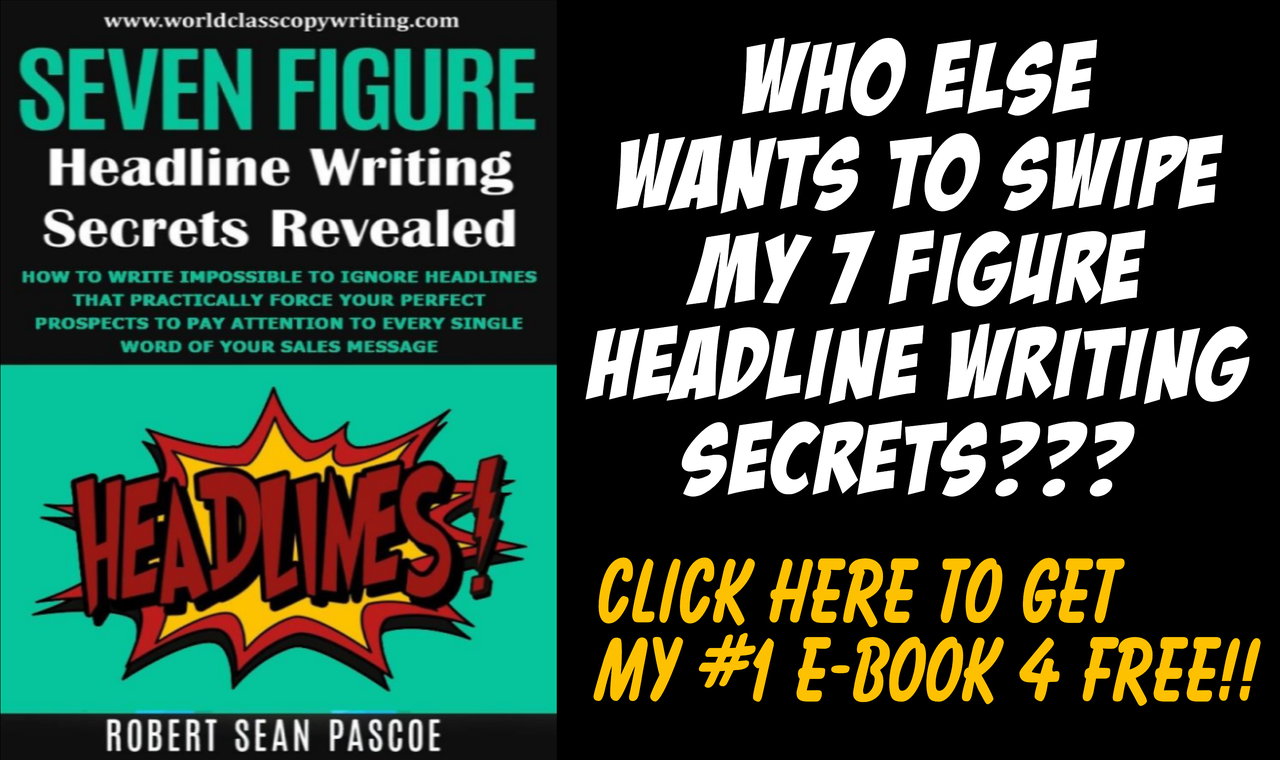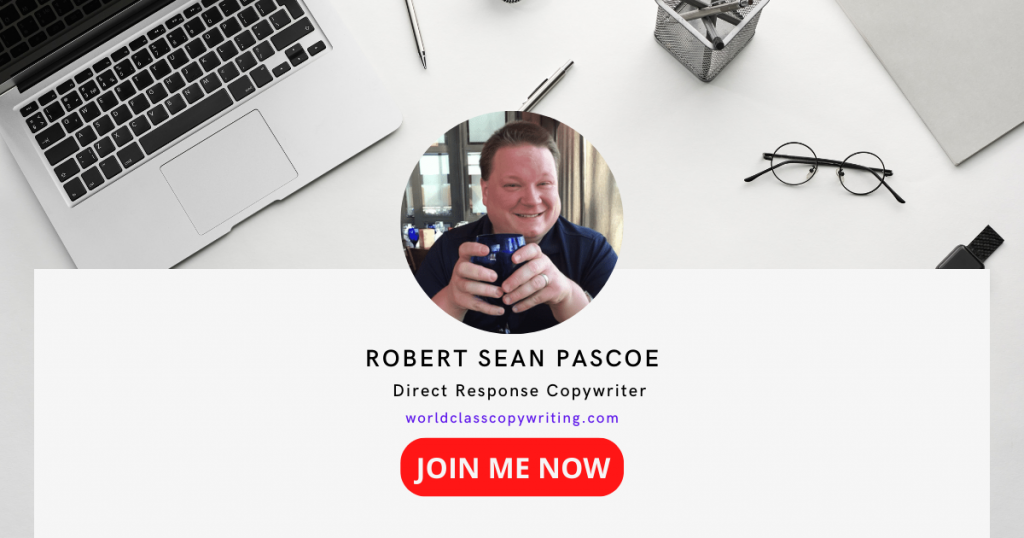Ah, the exciting time of being a startup. I know from experience the rollercoaster of emotions you are are riding.
I’ve written this blog post to help you AVOID mistakes in regard to your marketing message. Why listen to me? As a freelance copywriter I’ve helped countless startups with their copywriting. So, let’s jump right in…
Picture this: You, the fearless entrepreneur, on the edge of a vast digital landscape. Your startup, like a ship, ready to sail the uncharted waters of the business world. But there’s a secret weapon that’s often underestimated, yet absolutely essential to your success: copywriting.
You see, in this fast-paced digital age, the words you use can make or break your startup. It’s not just about selling a product or service; it’s about connecting with your audience on a personal level, convincing them that your solution is exactly what they’ve been searching for.
Now, I’ve been down this road, my friends, and I’ve seen the transformative power of mastering direct response copywriting. It’s not just about crafting clever words; it’s about understanding your audience, captivating them with magnetic headlines, and compelling them to take action. It’s about conveying your unique value with clarity and authority.
In this blog post, we’re going to uncover the seven deadly copywriting sins that startups can’t afford to make. These pitfalls can sink your ship before it even leaves the harbor. But don’t worry; I’ve got your back. We’ll explore each sin, dissect its consequences, and equip you with the knowledge and skills to steer clear of these treacherous waters.
So, my friends, whether you’re just starting your entrepreneurial journey or looking to fine-tune your copywriting prowess, fasten your seatbelts.
We’re about to embark on a voyage that will forever change the way you approach copywriting for your startup. Ready to set sail? Let’s go!
Sin 1: Neglecting Your Audience
One of the biggest blunders a startup can make is neglecting the very people they’re trying to serve – their audience. You see, understanding your target audience isn’t just a fancy term; it’s the compass that guides your entire copywriting journey.
Imagine this: You’re at a coffee shop, chatting with a close friend. You know their likes, dislikes, and what makes them tick. It’s effortless, right? Well, think of your audience the same way – as your friends.
To craft copy that truly resonates, you’ve got to dive deep into their world. Find out what keeps them up at night and what gets them excited. It’s like being a detective, uncovering the clues that will help you speak their language.
So, how do you do it? First, listen. Social media, forums, surveys – these are your tools. Pay attention to their conversations, questions, and pain points. It’s a goldmine of insights.
Next, create buyer personas. Think of these as character sketches of your ideal customers. What are their demographics, interests, and challenges? The more detailed, the better.
Now, here’s the kicker. Tailored messaging. When you speak directly to your audience’s needs and desires, magic happens. They feel understood, like you’ve been reading their minds.
And that’s the secret sauce, my friends. Neglecting your audience is like sailing blindfolded – you might hit something, but it’s unlikely to be success. So, let’s make a pact to never commit this deadly sin.
Sin 2: Overlooking the Power of Headlines
Okay, my friends, let’s dive into Sin #2: Overlooking the Power of Headlines. This one’s a game-changer, so pay close attention.
Imagine this: You’re strolling through a bookstore, and your eyes land on a book with a jaw-dropping cover. That’s your headline – the first impression, the deal-maker or breaker.
In the digital world, your headline is what stops the scroll. It’s what grabs your audience by the collar and says, “Hey, you don’t want to miss this.”
A compelling headline is like the aroma of fresh-brewed coffee – irresistible. It teases, intrigues, and promises something worth your time.
For instance, take a look at these gems:
“Unlock the Secrets to Skyrocket Your Sales Today!” “Discover the 10-Minute Morning Routine That Transforms Lives!” “Double Your Productivity with These Simple Hacks!”
These headlines don’t beat around the bush. They’re clear, concise, and loaded with promise.
So, how do you craft magnetic headlines? First, understand your audience’s pain points and desires. Then, use action words that spark curiosity or offer solutions.
Remember, my friends, your headline is your foot in the door. It’s the invitation to a conversation. And if it’s not compelling, well, the door stays shut.
Stay tuned, because we’ve got more deadly sins to uncover. But for now, let’s sharpen those headline skills. It’s a copywriter’s secret weapon, and you’re about to wield it like a pro!
Sin 3: Being Vague and Generic
Alright, my friends, let’s tackle Sin #3: Being Vague and Generic. This one’s a silent killer in the world of copywriting, so listen up.
Imagine you’re at a party, and someone starts a conversation with you like this: “So, stuff happened, and things changed.” Confusing, right? That’s how generic copy feels to your audience.
Vagueness and generality are like quicksand for your message. They suck the life out of your words, leaving your readers adrift, wondering, “What’s the point?”
But fear not! Specificity is your trusty lifeboat. Specific copy grabs attention and keeps it. It shows you’ve done your homework, and you know exactly what your audience wants and needs.
Instead of saying, “Our product is great,” say, “Our product increases your productivity by 50% in just one week.” See the difference?
Specificity adds credibility and trust. It answers questions before they’re asked. It makes your copy resonate with your audience, saying, “I get you.”
So, don’t be vague, my friends. Be clear, be specific, and be the one who stands out in the crowd. Your audience will thank you for it. Ready for more deadly sins? Stay tuned, we’re just getting started!
Sin 4: Ignoring the Call to Action (CTA)
This is where the rubber meets the road in the world of copywriting, so pay close attention.
Your CTA is like the GPS guiding your readers on the journey you’ve crafted for them. It’s not just a fancy button; it’s your way of saying, “Here’s what you should do next!”
Imagine watching your favorite movie, and just as the tension builds to a climax, the screen goes black. Frustrating, right? That’s how your readers feel when your copy lacks a clear and compelling CTA.
A well-crafted CTA is the difference between a reader who’s curious and a reader who takes action. It tells them precisely what step to take, whether it’s signing up, buying, or sharing.
So, how do you create a magnetic CTA? First, be crystal clear about what you want your readers to do. Use action words like “Grab your copy now” or “Start your journey today.”
Next, make it stand out visually. Use contrasting colors and strategic placement to ensure it can’t be missed.
Lastly, keep it simple. Don’t overload your CTA with jargon or unnecessary details. Less is more when it comes to CTAs.
Remember, my friends, the CTA is your ultimate conversion tool. Don’t ignore it; embrace it. Craft it with care, and watch your readers turn into action-takers. Stay tuned for more deadly sins because we’re just getting started on this copywriting journey!
Sin 5: Neglecting Proof and Social Proof
Alright, let’s dive into Sin #5: Neglecting Proof and Social Proof. This is where the magic of persuasion truly shines.
You see, in the world of copywriting, making claims is a breeze, but the real enchantment happens when you back them up. Your audience craves evidence that your product or service is the real deal, and that’s precisely where proof elements step into the spotlight.
Proof elements are like the supporting actors in an Oscar-worthy movie. They might not hog the limelight, but they play a pivotal role in crafting a believable narrative.
Among the most potent proof elements, we find testimonials. These real folks sharing their genuine experiences pack a persuasive punch. So, gather those rave reviews and display them prominently.
Case studies are another heavyweight champion of proof. They take a deep dive into how your offering solved a real customer’s problem. Remember, my friends, specifics matter, so get granular.
Now, let’s chat about social proof. It’s like the ultimate word-of-mouth on steroids. When your audience sees that others have already taken the plunge and are thrilled with the results, it builds trust and confidence.
So, how do you wield social proof effectively? Begin by showcasing the number of satisfied customers or subscribers front and center. Utilize trust badges and proudly display logos of renowned clients or partners. And never forget to mention any awards or accolades you’ve earned.
In summary, proof elements and social proof are your trust-building comrades. Don’t underestimate their power; embrace it. They’re the secret sauce that turns skeptical readers into devoted customers. Stay tuned for more deadly copywriting sins!
Sin 6: Complicating Your Message
Alright, my friends, let’s shift our focus to Sin #6: Complicating Your Message. Trust me, this one’s a real deal-breaker.
Imagine you’re chatting with a friend at your favorite coffee joint. You wouldn’t spew jargon, buzzwords, or convoluted sentences, right? You’d keep it simple and straightforward.
Well, the same principle applies to copywriting. Complex, jargon-filled copy is a one-way ticket to confusion town for your readers. It’s like speaking a different language, and nobody’s got time for that.
Here’s the deal: simplicity is your best friend. Keep your message crystal clear, just like you’re explaining it to a buddy over that cup of joe. Use everyday language that everyone can grasp.
Think about it—some of the most memorable and effective ad campaigns in history were straightforward and easy to understand. Take Nike’s iconic “Just Do It.” It’s not “Initiate Action,” right? Nope, because simplicity wins hearts.
So, how do you simplify your message? Start by ditching jargon and buzzwords. Speak directly to your audience using words they use and understand.
Break down complex concepts into bite-sized, digestible pieces. Use relatable metaphors or analogies to drive your point home.
And, my friends, never underestimate the power of brevity. Short sentences, concise paragraphs—these are your allies in the war against complexity.
Remember, simplicity doesn’t mean sacrificing depth or value. It means making your message accessible and inviting for all.
Stay tuned, because we’re about to uncover the final deadly sin, and it’s a showstopper. We’re almost there, my friends!
Sin 7: Failing to Test and Optimize
In the world of copy, stagnation is the enemy. You can’t just set it and forget it. Your copy is a living, breathing entity that needs constant nourishment and refinement.
Why, you ask? Well, because your audience is ever-evolving. What worked like a charm yesterday might fall flat today.
Here’s where testing and optimization swoop in like heroes. They’re your secret weapons to keep your copy at the top of its game.
A/B testing is your trusty sidekick in this quest. It’s like having two different flavors of coffee to taste and see which one hits the spot better. You create two versions of your copy, change one element (like a headline or CTA), and see which performs better.
But my friends, A/B testing is not a guessing game. It’s a science. You need a structured approach, like a mad scientist in a lab.
Start by identifying what you want to test—could be headlines, images, button colors, or anything that can impact conversions. Then, split your audience into two groups, and show each group one version of your copy.
Measure the results. Which version got more clicks, more sign-ups, more sales? That’s your winner.
But here’s the kicker: testing isn’t a one-and-done deal. Keep refining and optimizing. It’s an ongoing process that keeps your copy at its peak performance.
So, my friends, as you wield these seven deadly sins of copywriting, remember that mastery comes with practice. Test, optimize, and keep the fire of enthusiasm burning in your copy. We’re in this together, and the journey is just beginning!
Conclusion to 7 Copywriting Sins Startups Can’t Afford To Make
So there you have it, my friends, the seven deadly copywriting sins that startups simply can’t afford to make. We’ve journeyed through the treacherous landscape of…
- Neglecting your audience
- Overlooking the power of headlines
- Being vague and generic
- Ignoring the call to action
- Neglecting proof and social proof
- Complicating your message
- Failing to test and optimize
Now, let’s get real here. Startups, listen up! The stakes are high in the business world. It’s a battlefield out there, and every word you put out into the world is like a weapon in your arsenal. Effective copywriting can be your secret weapon to conquer the competition.
Copy isn’t just a few words slapped together; it’s your bridge to your audience. It’s how you connect, resonate, and convince. A well-crafted message can mean the difference between obscurity and success.
So, my friends, as you embark on your startup journey, don’t take these copywriting sins lightly. Be vigilant, be thoughtful, and be strategic in your messaging. Remember that your audience is the heartbeat of your business, and your copy is the rhythm that keeps it alive.
It’s been a pleasure taking this copywriting journey with you. Now, go out there and craft copy that not only speaks but sings, persuades, and converts. You’ve got this, and I’m rooting for your startup’s success!
About the Author
Robert Sean Pascoe is a direct response copywriter and marketing strategist who works with entrepreneurs worldwide to create advertising and marketing campaigns that MAXIMIZE their profits.
He LOVES Rock N Roll, old school pro wrestling, Star Wars and pretty much ANYTHING 1980’s.
With 7 years of freelance copywriting experience and a lifetime in sales, Robert knows how to use the power of words to sell virtually anything to anyone, especially if the market has been properly defined (and you BETTER have that right!).
Robert enjoys primarily working with small business owners to sell more of their products and services through the power of direct response advertising and marketing.
He has written sales copy for companies in such diverse niches as Weight Loss Supplements, Skin Care, Male Enhancement, Local Marketing Agencies, Live Event Seminars, Software Developers, Insurance Agencies, Real Estate Brokerages, Marketing Consultants, and many, many more.







